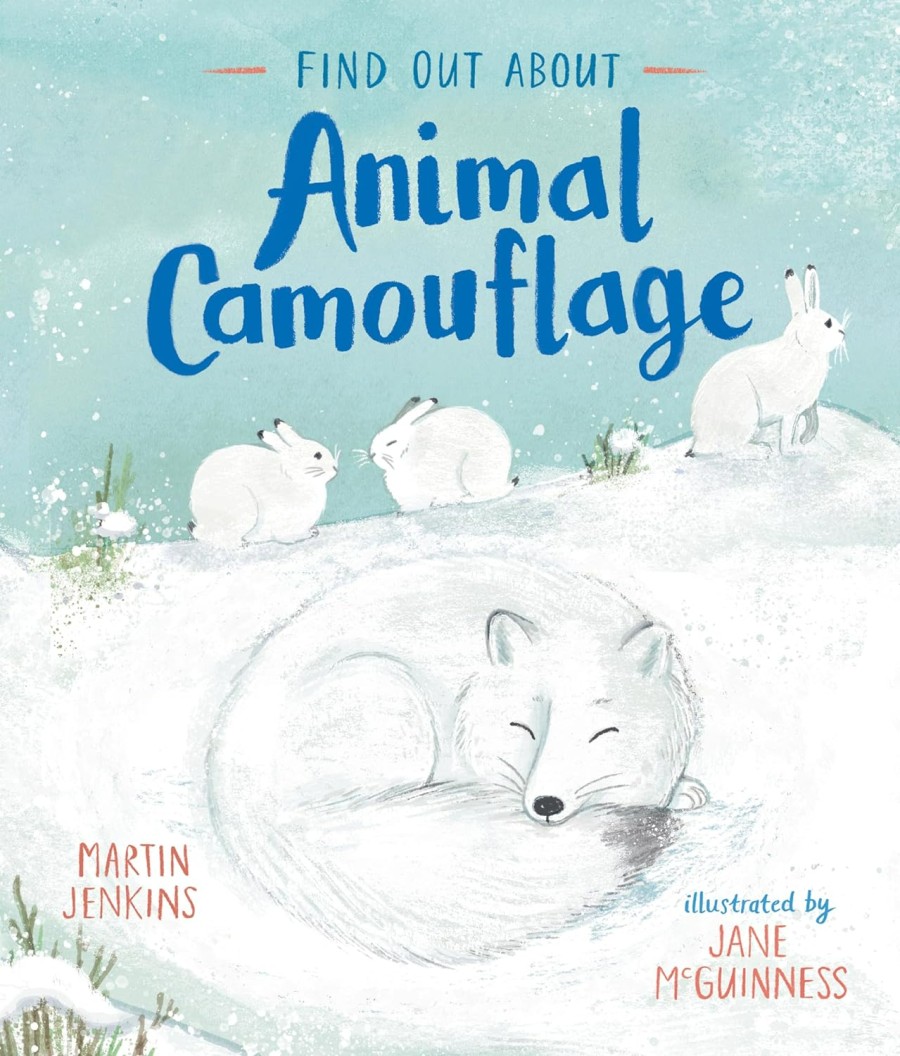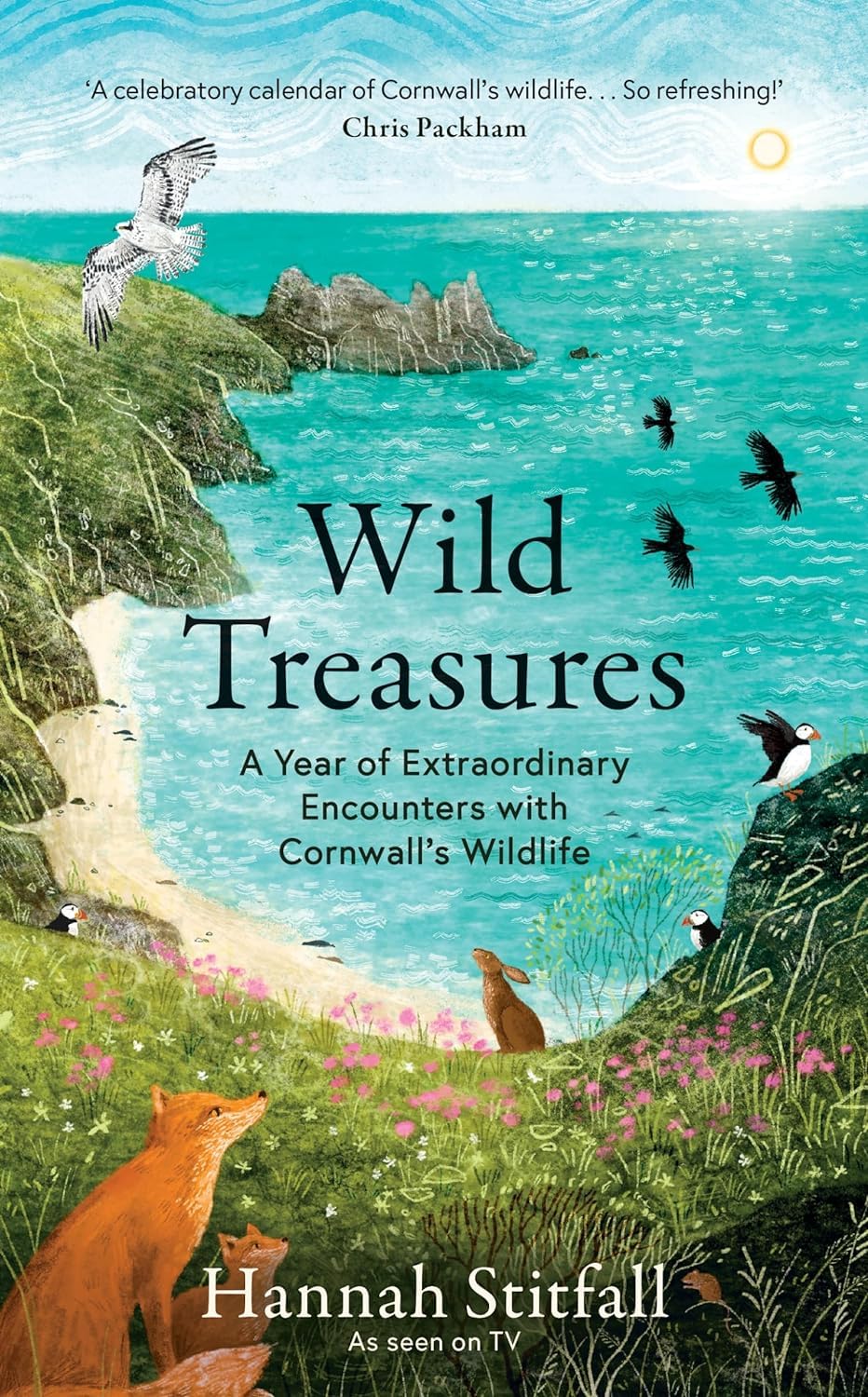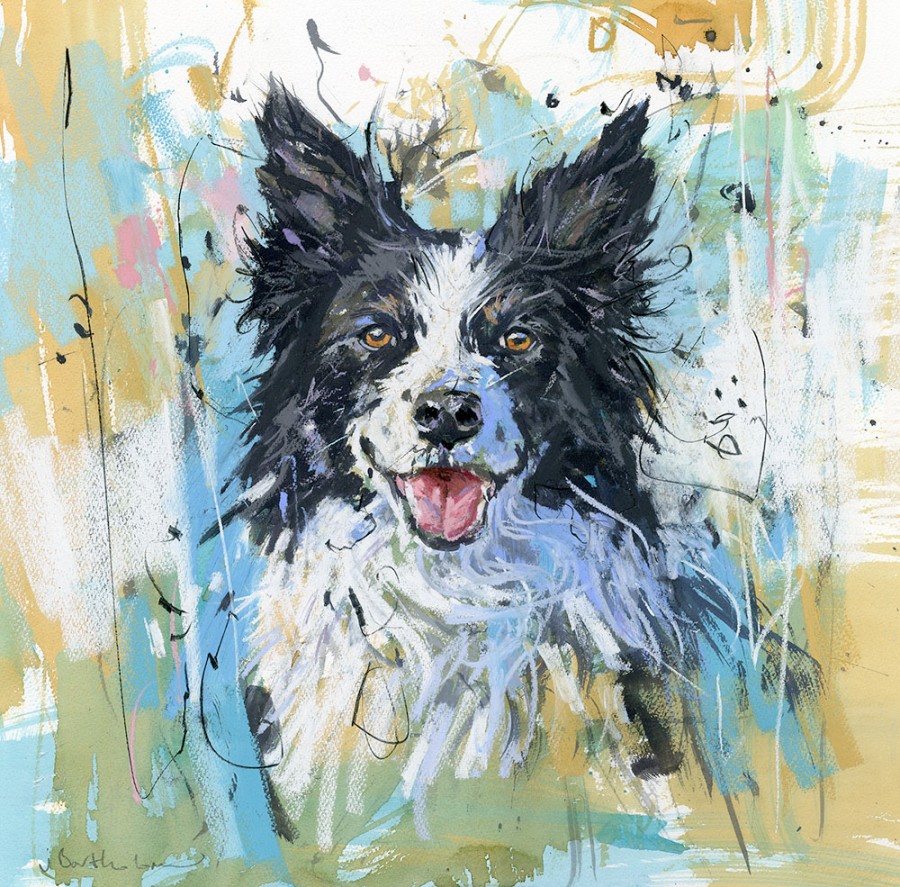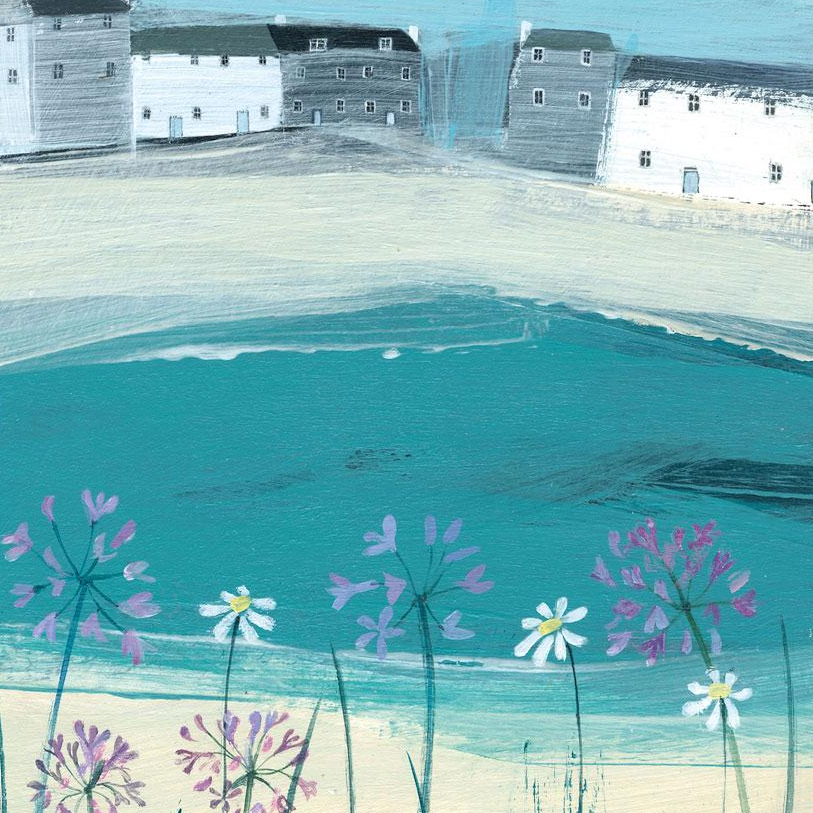A Few of England’s Lesser-Known Wading Birds
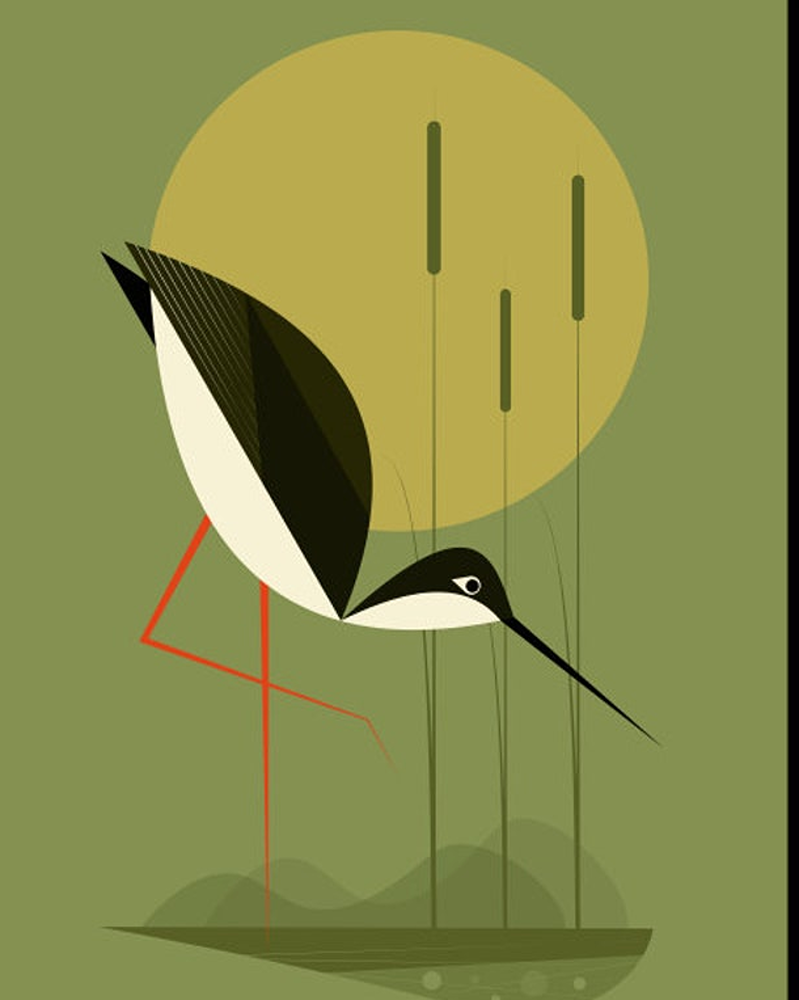
Our site has profiles of many individual wading birds. Here are a few of more of our lesser-known species, they are all needing our love and help.
Keep at least 50 metres away from wading birds, as flying away wastes energy that could be used for feeding (they need more space at high tide). Keep dogs away, as disturbing nests could cause birds to abandon chicks. Read more on keeping dogs safe at the seaside.
Restoring our wetlands is the best way to help wading birds, as it provides natural food and habitat. In recent years, many wetlands have been lost to farming and building, so birds lose their nesting and feeding grounds.
Other issues are water pollution, raw sewage and climate change which changes weather patterns). So support small organic farmers that protect wildlife corridors, and avoid companies that use pesticide, that kill the creatures that wetland birds feed on.
Black-winged Stilts (above image) have impossibly long pink legs and black-and-white feathers. A rare breeder in England, these birds have started to nest here, due to warmer weather. They like shallow lagoons, where they wade through still water in search of insects, snails and small fish.
Black-tailed godwits are slender birds with striking orange-brown necks in spring, with black-and-white wings that gather in open wetlands and flooded fields (they are near-threatened, mostly migrating from Iceland). A small number breed in England’s Fens. Bar-tailed godwits are smaller, with striped tails and upturned bills.
Knots have brick-red plumage, though look more grey in winter, and arrive in huge numbers at The Wash and Morecambe Bay when migrating from the Arctic each autumn. They feed on shellfish and marine worms.
Redshanks have carrot-coloured legs, and like muddy shallows, saltmarshes and wetland reserves, where they make a fast-piping whistle call. They feed on worms, insects and tiny shellfish, arriving in winter from northern Europe. Also spot greenshanks and spotted redshanks (they have longer legs and bills).
Plovers are common on England’s coast (ringed plovers are larger, little-ringed plovers have golden rings on their eyes and migrate from Africa in spring). They are known for their stop-start running after prey (insects and small crustaceans).
Ruffs have impressive ruffs around their necks, and favour flooded meadows, wetlands and muddy edges of lakes. They rarely breed in England, but migrate here from abroad.
Snipes are secretive birds that often hide in reeds or long grass. They use their long straight bills to probe soft mud for earthworms and insects. When startled, they explode from cover in a zigzag flight, and in spring, males ‘drum’ by vibrating their tail feathers in a proud display. They nest in grasslands.
Common snipes use a ‘sewing machine’ method to investigate marshes for food. Jack snipes are only seen in England in winter (he ‘pumps his body up and down’ as he walks!)


